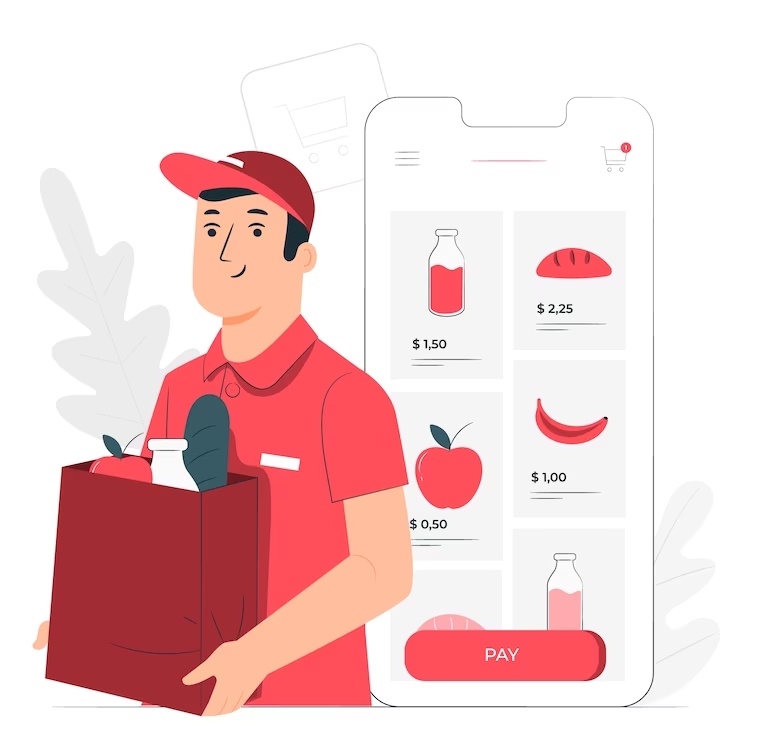In recent years, the convenience of on-demand services has revolutionized various industries, and grocery shopping is no exception. The rise of grocery delivery apps has transformed the way people purchase essentials, offering a seamless and time-saving solution. If you're considering entering the realm of app development in this domain, here's a comprehensive guide to help you navigate the process.
1. Market Research and Analysis: Before delving into development, conduct thorough market research. Identify your target audience, study competitors, and understand consumer preferences. This will provide insights into the features and services your app should offer to stand out.
2. Choose a Business Model: Decide on your app's business model. You can opt for a marketplace model, connecting users with local grocery stores, or an inventory-based model, where you manage the inventory and deliveries yourself. Each model has its pros and cons, so choose the one that aligns with your resources and goals.
3. Feature Set: Determine the features your app will include. Essential features usually comprise:
User Registration and Profiles: Allow users to create accounts and manage their profiles, including delivery addresses and payment information.
Browsing and Searching: Provide an intuitive interface for users to browse products and search for specific items.
Product Details: Display detailed information about each product, including images, descriptions, prices, and availability.
Shopping Cart: Enable users to add items to their carts, review their selections, and make adjustments before checkout.
Secure Payment Options: Integrate various payment gateways to ensure secure and convenient transactions.
Order Tracking: Implement real-time order tracking so users can monitor the status and estimated delivery time.
Notifications: Keep users informed about order confirmations, delivery status, and special offers through push notifications or emails.
Reviews and Ratings: Allow users to provide feedback and rate their shopping experience, enhancing transparency and trust.
Customer Support: Offer a responsive customer support system to address queries, concerns, or issues.
*4. Technology Stack: Choose the right technology stack for your app. Consider factors like platform (iOS, Android, or both), programming languages, frameworks, and databases. Opt for technologies that align with your development team's expertise and project requirements.
5. User-Friendly Design: Create an intuitive and user-friendly interface. A clean design with easy navigation enhances the user experience, making it more likely for users to engage with your app.
6. Backend Development: Develop a robust backend that manages user accounts, product listings, order processing, and interactions between users and stores. Ensure scalability to accommodate increasing user demands.
7. Integration with Third-Party Services: Integrate APIs for payment gateways, map services (for location tracking), and communication channels (for notifications). These integrations enhance the functionality of your app.
8. Testing: Thoroughly test your app to identify and fix any bugs or usability issues. Perform functional testing, usability testing, security testing, and compatibility testing across different devices and operating systems.
9. Launch and Marketing: Once your app is ready, launch it on app stores. Develop a marketing strategy that includes social media promotion, influencer partnerships, and discounts to attract initial users.
10. Gather Feedback and Iterate: Pay attention to user feedback and reviews. Regularly update your app to address issues, introduce new features, and enhance user satisfaction.
11. Scale and Expand: As your user base grows, consider expanding to new markets, partnering with more grocery stores, and continuously improving the app's performance and features.
Conclusion:
The grocery delivery app development demands careful planning, user-centric design, efficient development, and continuous refinement. By creating a seamless and convenient shopping experience, you can tap into the thriving market of on-demand services and provide real value to users in their daily lives.


No comments yet